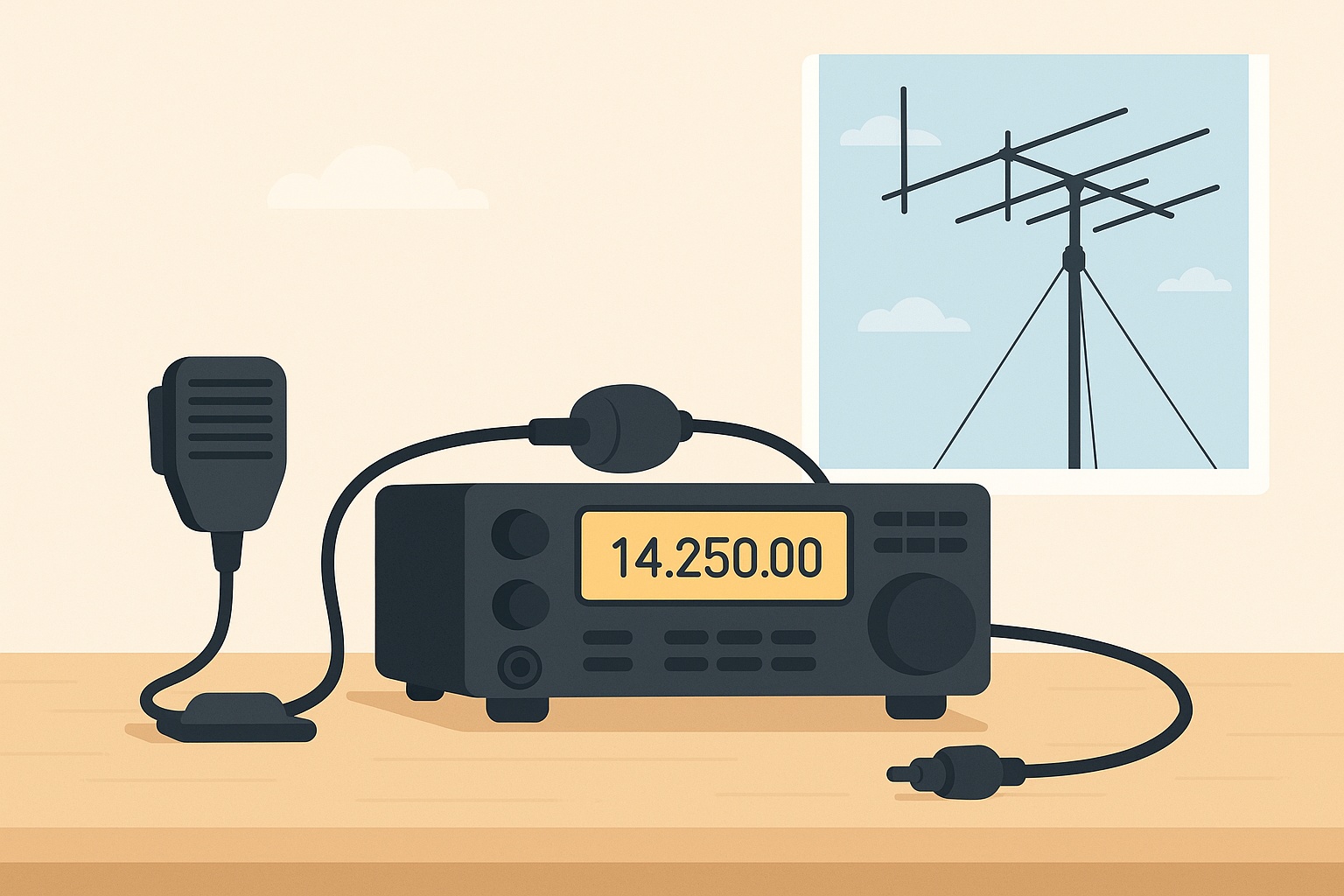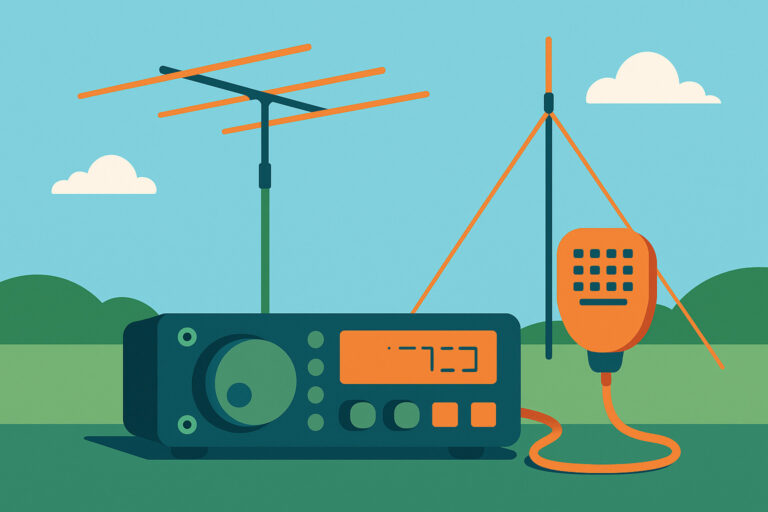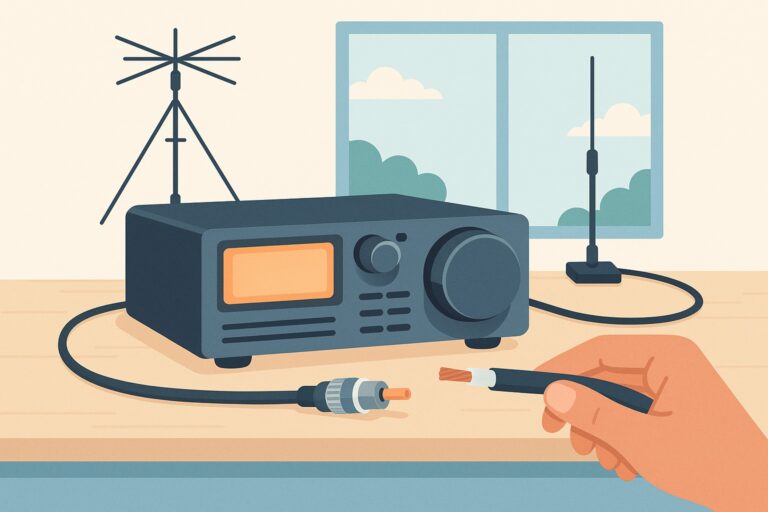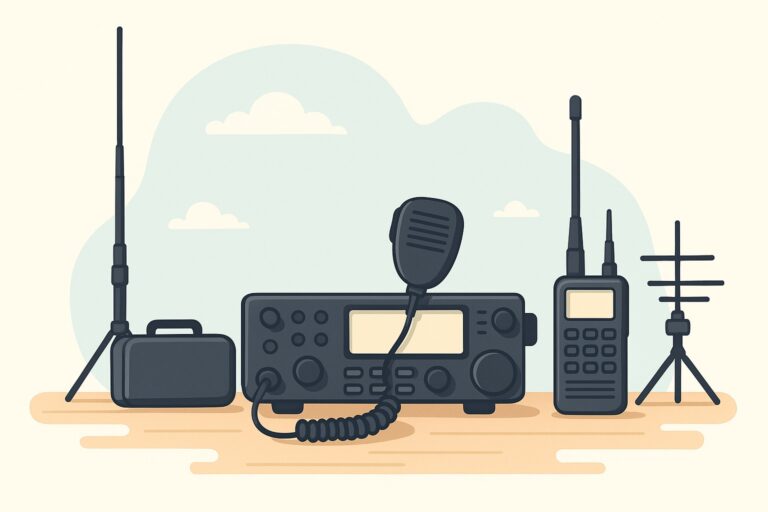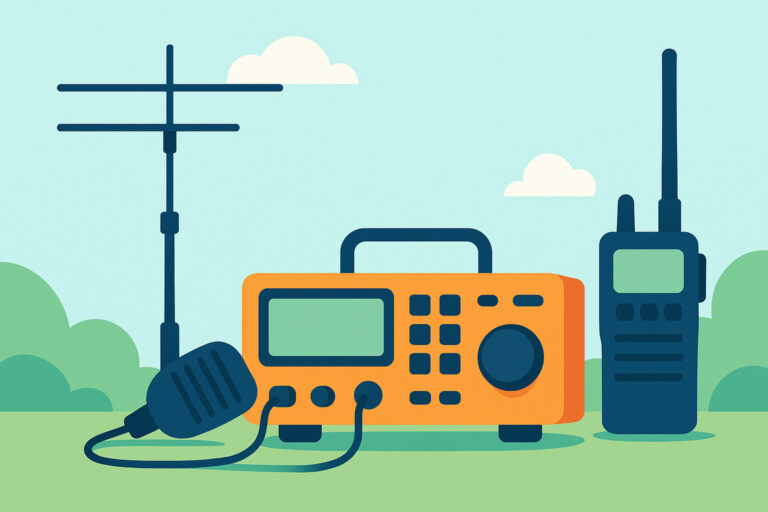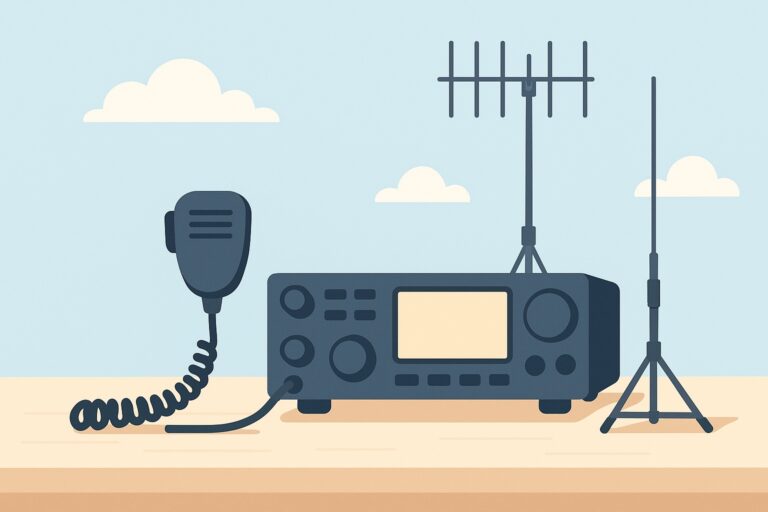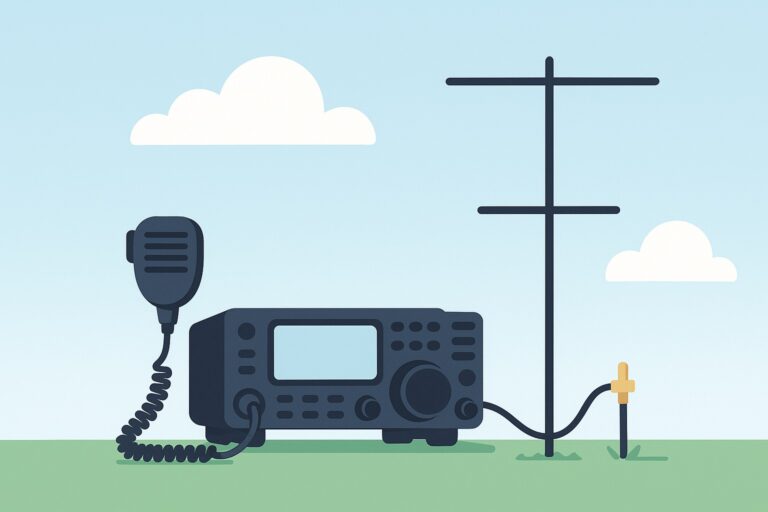Effective Ways to Reduce RFI in Your Ham Shack
Nothing is more frustrating for ham radio operators than dealing with persistent radio frequency interference (RFI) during a promising contact or an intense contest. RFI can creep into your shack in subtle ways, degrading reception, introducing noise, and sometimes making effective communication almost impossible. Fortunately, with the right knowledge and a systematic approach, you can greatly reduce RFI and reclaim the clear signals every operator strives for.
Effective Ways to Reduce RFI in Your Ham Shack
Understanding Radio Frequency Interference (RFI)
Radio Frequency Interference, or RFI, is any unwanted radio frequency signal that disrupts the normal operation of electronic equipment. In a ham shack, RFI can affect both your ability to transmit and receive clean signals. Interference takes many forms, from a faint background hiss to loud buzzing or even complete signal blockage on certain bands.
RFI is generally classified as either conducted or radiated. Conducted RFI is transmitted via wiring—such as power lines or signal cables—while radiated RFI travels through the air from one device to another. RFI can be continuous (present at all times) or intermittent (occurring only when certain appliances are used). Understanding these basic forms is essential for effective troubleshooting and mitigation.
Modern ham shacks are filled with devices that can both emit and receive RFI. The complexity of the modern home and the proliferation of electronic gadgets make RFI a challenge that every amateur radio operator must face. Recognizing the signs and sources of RFI is the first step in maintaining a clean radio environment and enjoying reliable communications.
Common Sources of RFI in Ham Shacks
Identifying the most frequent culprits behind radio frequency interference is crucial for any ham operator seeking a quieter shack. While RFI can originate from both inside and outside your home, some sources are notoriously problematic for amateur radio.
- Power Lines: Overhead or underground power lines in your neighborhood are major offenders. “Power lines can be a significant source of RFI, potentially taking hams off the air for extended periods.” Issues often arise from corroded hardware, faulty insulators, or vegetation brushing against the lines.
- Solar Installations: With renewable energy on the rise, “Solar installations have become increasingly popular, leading to more RFI issues reported to the ARRL.” Solar panel inverters and associated electronics can emit significant interference, especially if not properly filtered.
- Lighting Devices: Modern lighting technologies are a double-edged sword. “Lighting devices, especially energy-efficient LED lighting, are common sources of RFI in ham shacks.” Poorly shielded or cheaply made LEDs can radiate noise across a broad frequency range.
- Computers and Peripherals: Your shack’s own equipment can betray you. “Computers and their peripherals can generate RFI, affecting amateur radio reception.” Switching power supplies, monitors, and USB devices are frequent offenders.
- Household Appliances: Microwave ovens, thermostats, wireless doorbells, and even some phone chargers can introduce bursts of noise to your radio environment.
By being aware of these common sources, you can begin to systematically address interference and prioritize mitigation efforts.
Techniques for Identifying RFI Sources
Successfully reducing RFI starts with accurate identification of the culprit. This process often requires a bit of detective work, patience, and logical troubleshooting. Here are proven techniques to help you zero in on the source of interference:
- Band Scanning: Use your radio to scan across affected frequencies. Note when the noise is strongest or weakest and whether it’s continuous or periodic. Document these patterns to help pinpoint the time and possible source of the RFI.
- Systematic Power-Down: Turn off breakers in your home one at a time while monitoring your radio. If a particular circuit’s shutdown eliminates the noise, you’ve narrowed the search. Next, unplug devices on that circuit individually to find the exact source.
- Portable Radios: Handheld receivers or AM radios are invaluable for sniffing out RFI. Tune to a quiet frequency and walk around your home or yard. The interference will grow louder as you approach the source.
- Direction Finding Antennas: Small loop antennas or directional yagis can help pinpoint the direction of a radiating source from outside your shack, including neighborhood power lines or solar installations.
- Neighborly Investigation: If you suspect the interference is coming from a neighbor’s property, a polite approach and demonstration using a portable radio can help raise awareness and foster cooperation in resolving the issue.
Careful documentation of your findings can be invaluable when seeking help from utility companies or equipment manufacturers. Remember, persistence pays off in tracking down stubborn RFI sources.
Implementing Effective RFI Mitigation Strategies
Once you’ve identified the sources, it’s time to put mitigation strategies into action. Depending on the type and origin of the RFI, different approaches may be needed. Here are some of the most effective ways to reduce or eliminate interference in your shack:
- Physical Separation: Whenever possible, increase the distance between your radio equipment and noisy electronic devices. Greater separation often leads to significant reduction in interference.
- Shielding: Use metal enclosures or shields around particularly noisy devices. Even wrapping power bricks or routers in grounded foil can sometimes help.
- Filtering: Install line filters on power supplies, data cables, and antenna feeds. High-quality filters can block conducted RFI before it enters your equipment.
- Ferrite Chokes: Snap-on ferrites are a ham’s best friend. “Using ferrite chokes on power cords and audio cables can suppress common mode current and reduce RFI.” Place them as close as possible to the source and on both ends of long runs.
- Good Grounding: Ensure your shack has a solid, low-impedance ground. Proper grounding helps shunt unwanted signals away from your sensitive radio equipment.
- Device Replacement: Sometimes the only solution is to replace especially noisy devices, such as low-quality LED bulbs or power adapters, with models known for better RFI performance.
Combining these methods can yield impressive results, especially when tailored to your unique shack environment. Remember, mitigation is an ongoing process that evolves with new equipment and changes in your setup.
Advanced Tools and Resources for RFI Management
For persistent or particularly complex RFI issues, advanced tools can provide deeper insights and more precise solutions. Here are some resources and technologies to consider if you’re serious about maintaining a clean radio environment:
- Spectrum Analyzers: These instruments offer a visual representation of RFI across the frequency spectrum, making it easier to spot patterns and pinpoint sources.
- Software-Defined Radios (SDRs): Modern SDRs allow for flexible monitoring and recording of interference, even across wide frequency ranges. Coupled with logging software, SDRs can help track intermittent or drifting RFI sources.
- Professional RFI Detection Services: Some power companies and local amateur radio clubs have specialized teams or equipment to help locate and resolve external sources of interference.
- ARRL and Online Communities: The American Radio Relay League and websites like https://hamradioplayground.com offer extensive guides, user reports, and forums where you can share experiences and get advice tailored to your situation.
- Regulatory Support: In extreme cases, regulatory bodies can intervene to address sources of harmful interference, especially when public utility equipment is involved.
Taking advantage of these tools and resources can save you countless hours and help you resolve even the toughest RFI challenges. Stay engaged with the amateur radio community, as collective experience often uncovers new techniques and solutions.
With patience, careful investigation, and a systematic approach, you can turn your ham shack into an RFI-resistant haven and enjoy the full clarity of the amateur radio experience.

